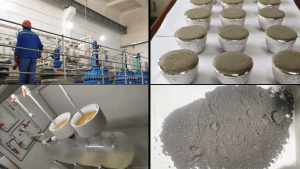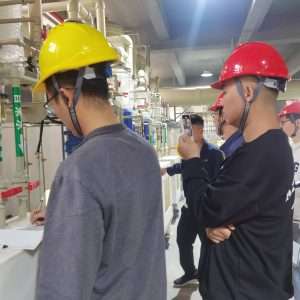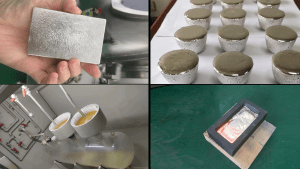Call us now:
Platinum group metals. _ Gold, silver, platinum, palladium, rhodium and iridium multi-component powder materials. The powder is first used to remove impurities with hydrochloric acid/nitric acid, the filtrate is used to precipitate silver with sodium chloride and palladium with ammonium chloride, and then transferred to the refining workshop. Transfer the filter residue to aqua regia and dissolve to obtain a precious metal solution. Ammonium chloroplatinate is precipitated with ammonium chloride and transported to the platinum refining workshop. The filtrate is reduced to gold powder with anhydrous sodium sulfite and transferred to the gold refining workshop. The liquid after gold separation is used for reagent precipitation and transferred to the rhodium refining workshop. After the rhodium is separated, the tail liquid is oxidized and palladium and iridium are coprecipitated.
Ammonium chloroplatinate is calcined - dissolved - hydrolyzed - precipitated - calcined to obtain more than 99.95% of the finished sponge platinum product; ammonium chloropalladate is complexed and dissolved - acidified and precipitated - complexed and dissolved - hydrazine hydrate reduced ——Dry to obtain more than 99.95% of the finished sponge palladium powder. Dissolve the rhodium salt precipitated by rhodium reagent - precipitate rhodium - dissolve - extract - reduce - reduce with hydrogen to obtain more than 99.95% of the finished rhodium powder; dissolve the coarse gold powder with aqua regia - one reduction - dry , get 99.99% gold powder. After the primary reduction, the filtrate undergoes secondary reduction to obtain coarse gold powder, which is again transferred to the aqua regia dissolution process; ammonium chloride refining - aqua regia dissolution - sulfide impurity removal - oxidation precipitation - calcination reduction - grinding to obtain iridium Powder; silver chloride-ammonia solution-formaldehyde reduction to obtain 99.5% silver powder, which is then smelted and cast to obtain finished silver ingots.


